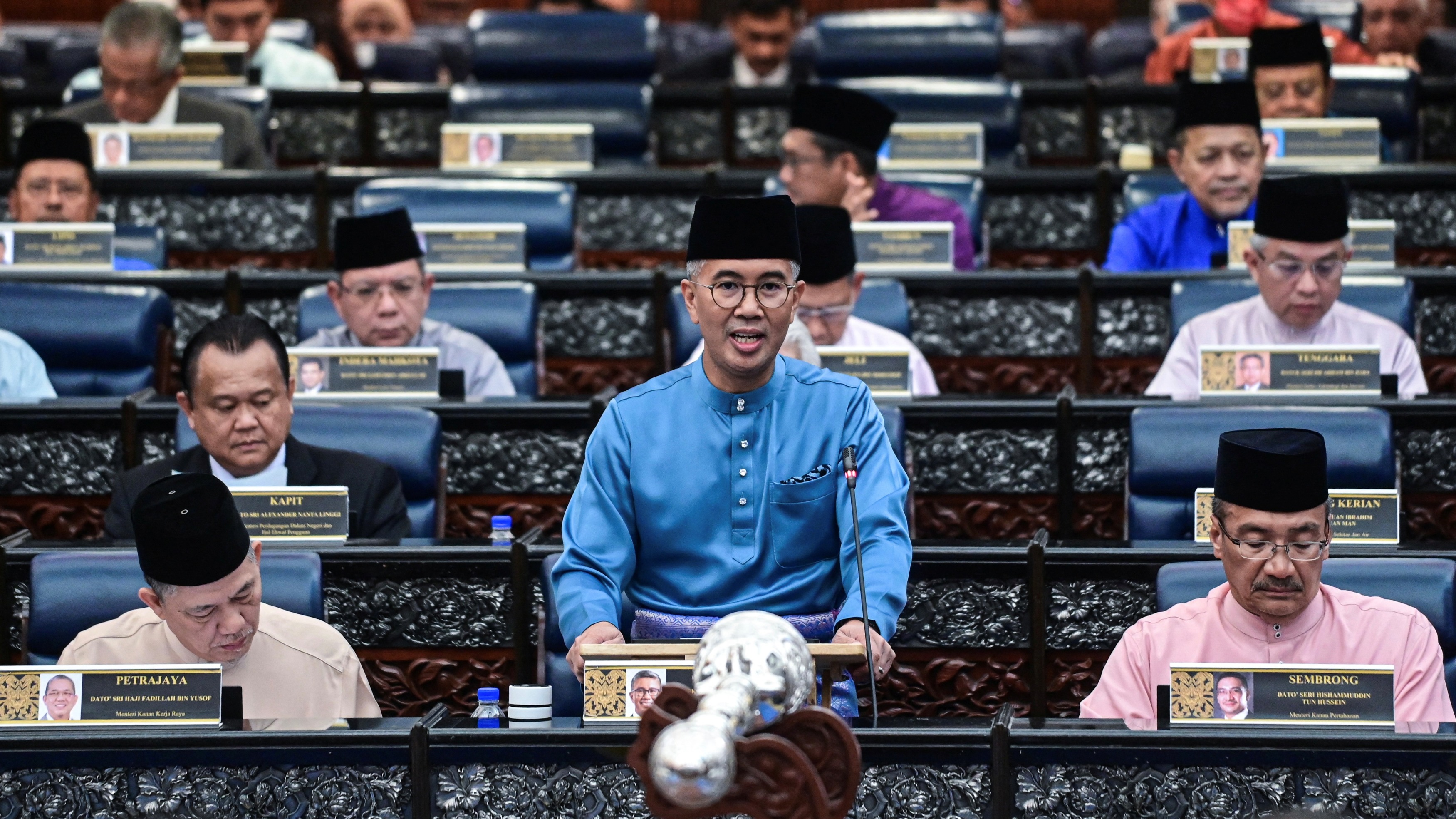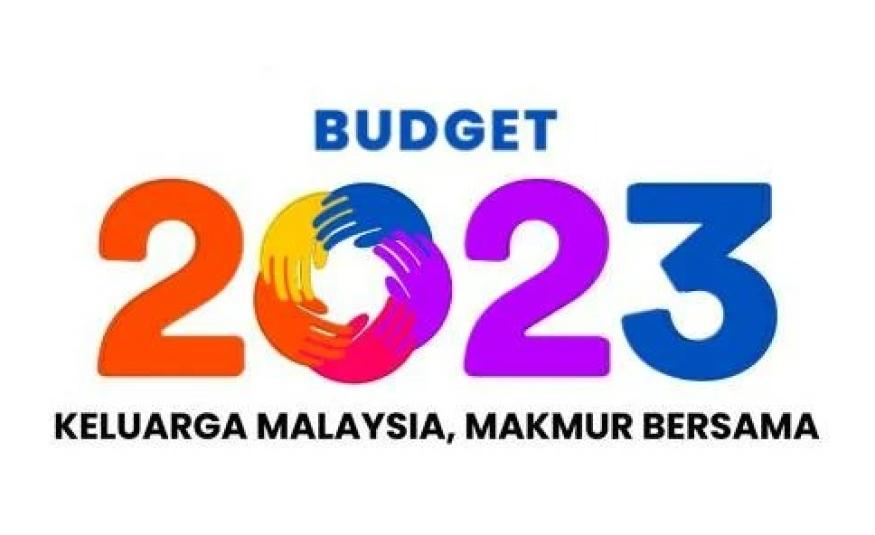WEEKLY MARKET ANALYSIS BY MANOKARAN MOTTAIN
THE local equities market staged a relief rally during the week along with other regional stock exchanges on expectations that the US Federal Reserve is nearing the pivot point on its interest rate stance. The benchmark KLCI Index ended the week at 1,406.00 points (+11.37 points or +0.8%).
In my view, the Malaysian equities market may see some sector plays like the construction, infrastructure, consumer staples and automotive in the near term arising from the planned expenditures provided for in Budget 2023.
Nevertheless, the overall market is expected to trade around the 1,380 –1,430-point level in the coming week as the above mentioned sectors do not have heavy weightage in the key KLCI or FBM100 indices.
In addition, the euphoria over the US Federal Reserve pivot may be short lived if inflation data continues to be stubbornly strong.
This means that the next catalyst for the local equities market will be the 3Q22 corporate earnings in the second half November 2022.

The optimism for a potential end of the interest rate cycle in the equities market did not extend to the bond market as yields continued to march higher across the board despite bargain hunting activities kicking in.
Bond yields for the 10-year UST rose by 6 basis points to 3.89% from 3.83% last week and brings the total yield gains for the last six weeks to 86 basis points.
The UST 2-year yields continued to edge higher by 4 basis points over the past week to 4.31% from last Friday’s close of 4.27%.
The yield curve inversion between the UST 2-year and 10-year notes heads into its 13th consecutive week.
The yield spreads have narrowed slightly for the second consecutive week to -42 basis points from -44 basis points in the week before. The long-term average of the yield spread for both UST is +0.92% or +92 basis points.
However, the 10-year MGS bonds snapped three consecutive weeks of rising yields as yields fell on strong buying support by 8 basis points to 4.33% from 4.41% last Friday.
The yield spread for both countries’ 10-year bonds narrowed further by 14 basis points to 44 basis points this week.
Nevertheless, I believe this week’s may just be a technical rebound as MGS yields will continue to remain under pressure until the end of 2022 if the US Federal Reserve continues to raise the Federal Funds Rate aggressively in their next two meetings in November and December 2022.
In addition, the current yield spreads for both countries’ sovereign 10-year bonds is just too narrow.

ECONOMY
Finance Minister Datuk Seri Tengku Zafrul Abdul Aziz unveiled the federal government’s largest yearly budget to date for 2023 at RM372.3 billion which comprises RM272.3 billion in operating expenditure, RM95 billion for development expenditure and RM5 billion for the COVID-19 Fund.
The federal government is predicted to collect RM272.5 billion in revenue for 2023, a decline of 4.4% from the estimate for 2022 while the operating expenditure is expected to decline by 4.3% from this year’s estimate of RM284.7 billion.
The fiscal deficit for 2023 is projected to be 5.5% of GDP as compared to 5.8% of GDP for 2022.
The key laudable provisions would be
- RM10 billion will be allocated to assist those in the B40 category.
- Reduction in income tax rates for the M40 category by two percentage points to 11% and 19% respectively for those earning between RM50,000 – RM70,000 and RM70,000 – RM100,000 respectively. The lower tax rates is expected to translate to around RM800 million in additional disposable income for the M40 households.
- RM55 billion allocated for subsidies, assistance & incentives to assist the citizens to offset the increase in the cost of living.
- RM6.7 billion to implement Technical & Vocational Education and Training (TVET) initiatives.
- RM1.0 billion to be distributed as one off grants amounting to RM1,000 to all Micro, Small and Simple Enterprises as well as registered taxi drivers.
- RM1.7 billion to be distributed as micro loan funds for small businesses.
- RM10 billion loans funds for SME automation and digitization activities.
- RM1.5 billion fund for sustainable development financing fund.
- RM1.0 billion for tourism infrastructure financing fund.
- RM1.0 billion for maritime and logistics finance fund.
- RM45 billion in domestic direct investments by GLC and GLIC companies.
- RM1.5 billion to fund salary increases to public employees from Grades 11-56
- RM1.3 billion for the Aid Special Finance to 1.3 million civil servants’ grade 56 and below and 1.0 million government pensioners.
- RM2.6 billion to FELDA, FELCRA and RISDA to support planters.
- RM6.3 billion and RM5.4 billion to be allocated for the development of infrastructure projects in Sabah and Sarawak respectively.
- RM3.7 billion to implement small and moderate projects.
The key concern going forward is that virtually all of the revenue derived by the government will be used for the operating expenditure and the government will have to depend on borrowings to fund its development and COVID-19 expenditure.
Bank Negara Malaysia’s international reserves fell to US$106.1 billion (RM493.6 billion) as at 30 September 2022 from US$106.3 billion on 15 September 2022.
The reserves position is sufficient to finance 5.6 months of imports of goods and services and is 1.1x the total short term external debt.
CURRENCY
The Ringgit continued to edge lower against the US Dollar on the back of ongoing portfolio rebalancing activities by foreign portfolio managers.
US Federal Reserve has continued to maintain its stance that it will still raise the Federal Funds Rate at the next US FOMC Meeting on 1-2 November 2022 to bring inflation under control.

The unemployment rate for September 2022 came in at a healthy 3.5%, which was ahead of economists’ forecast of 3.7%.
The local currency continues to set another 24-year low against the greenback and ended the week at RM4.6495 / USD1.00 (+1.5sen). Going forward, I foresee the Ringgit to hover between RM4.60 to RM4.70 in the next few weeks.
Meanwhile, the British Pound rebounded and recovered all of its losses after the British Government reversed course on some of its proposed tax cuts in its mini budget (especially the controversial 5% tax reduction for those earning above 150,000 pounds per year).
The British Pound ended the week on a stronger note at RM5.2071 / GBP1.00 (+3.5sen)
The British Pound may still see volatility ahead as the Bank of England is due to end its temporary bond-buying program on 14 October 2022 and scheduled to resume the sale of gilts amounting up to 80 billion pounds on 31 October 2022.
In addition, it is also likely to increase interest rates sharply at its next meeting on 3 November 2022.
The Ringgit also ended the week lower against the Euro at RM4.5590 / EUR1.00 (+1.5sen), the Japanese Yen at RM3.2060 / JPY100 (+0.5sen) and the Singapore Dollar at RM3.2553 / SGD1.00 (+2.3sen). – DagangNews.com










